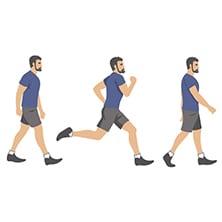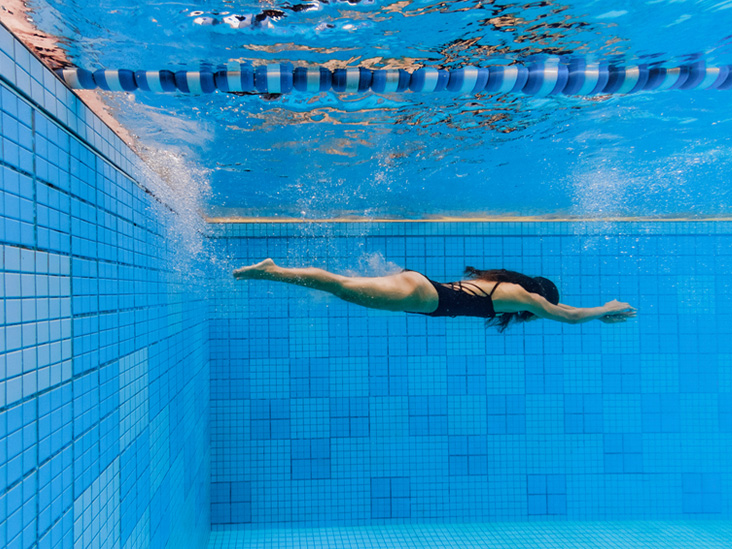The 6 Best Forms of Exercise:
1. Walking
Walking is a great form of exercise that requires no equipment, burns calories, and can have many different environments. Walking is great for cardiovascular health and even reduce the risks of heart failure. Brisk and higher intensity walks can burn 500 calories for every hour. Hiking is one of my favourite activities on a nice day!
2. Interval Training
Interval training is an activity that I have been recently incorporating more often into my workouts. It involves high-intensity training for 1-2 minutes and then lower intensity for 2-10 minutes. Repeating this is great for cardiovascular health, boosts fitness, and is great for weight loss. Interval training is also a great form of aerobic exercise, which can help strengthen your body while burning calories quickly. I personally warm up for 5 minutes, sprint for a minute, walk for 2, and repeat this 10 times. You'll definitely be sweating!

Image by Mayo Clinic via https://www.mayoclinic.org/healthy-lifestyle/fitness/in-depth/interval-training/art-20044588
3. Swimming
Swimming is one of the best forms of exercise because many people can participate. Swimming improves cardiovascular fitness, increases your heart rate, increases endurance, and works the intercostal muscles between your ribs for stronger breathing. Being in the water even improves your skin and its appearance. Swimming is highly recommended because it also lowers the impact and stress on the joints and muscles of the body.

Image by Healthline via https://www.healthline.com/health/fitness-exercise/swimming-is-the-best-workout-you-need-to-do
4. Tai Chi or Yoga
Tai Chi and yoga can be compared here because they're both forms of strength training with a series of flowing movements. Tai Chi is a Chinese martial art that is recommended in older age because it maintains muscle mass and relaxes the mind. I love yoga because I can relax my mind while exercising my body.
5. Cycling
Cycling, whether stationary or mobile, is beneficial for muscle mass, lower body fat levels, and cholesterol levels. Biking has also been proven to help out our immune systems with an organ called the thymus, responsible for generating immune system cells.

Image by Trainingpeaks via https://www.trainingpeaks.com/blog/what-to-consider-when-finding-your-ideal-cycling-cadence/
6. Strength training
Strength training such as squats, pushups, or lunges, with bodyweight or free weights such as dumbells and weighted ankle cuffs are also very important. Strength movements should be apart of your exercise regimen at least 2-3 times a week out of 4-5 workouts altogether. Strength training keeps you toned, strong, and healthy.
Comment below which of these forms of exercise if your favourite? :)



Comments
Post a Comment